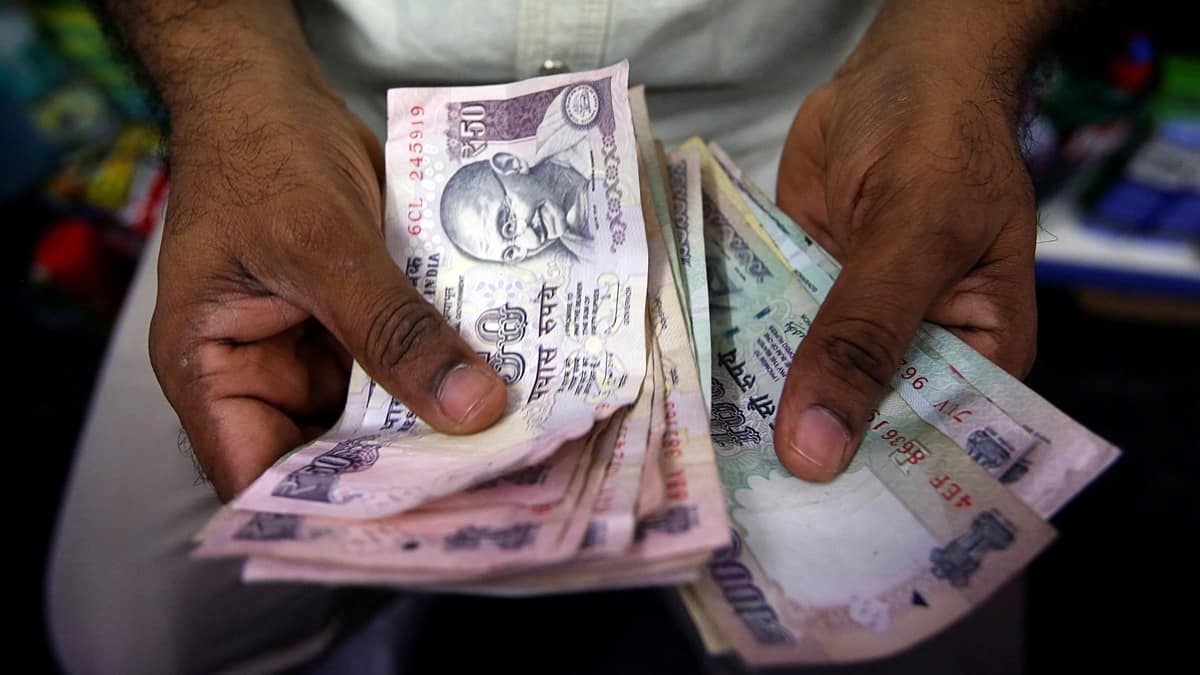Reinvest SGB maturity amount in next tranche for tax-free returns

As individuals get the maturity amount of the first tranche of the sovereign gold bonds (SGBs) now, they should reinvest the proceeds in the next tranche to earn higher tax-efficient returns as compared with other forms of investment in the precious metal, say experts. The capital gains on SGBs if redeemed on maturity after eight years is tax-free.
In contrast, gains from gold exchange traded funds (ETFs) at redemption are taxed at the investor’s slab rate irrespective of the period of holding. In SGBs, investors have to pay tax only on the yearly interest earned at their marginal rate.
Harshad Chetanwala, co-founder, MyWealthGrowth.com, says SGBs generate returns of actual gold and the precious metal as an asset class has done well over the last few years because of the geo-political uncertainties and rising interest rates. “Those investors who want to continue to have allocation in gold can continue to invest in SGBs as these are one of the best ways to invest in the metal and can take care of gold allocation in portfolio. One can reinvest the matured amount in the next SGB tranche to continue with their gold investments,” he says.
Similarly, Abhijit Roy, CEO,GoldenPi, an online investment platform, says if investors want to continue their investment in gold, they can invest in short-term bonds in the interim and then invest in fresh issues of SGBs once RBI declares the details on the next tranche. “They can also try and purchase SGBs in the secondary market via the exchanges.”
Diversify with SGBs
Experts say investors should allocate 10-15% of their portfolio to gold through SGBs, diversify their portfolio and also gain from the tax benefits. An investor will have to hold the bonds for eight years and will have an exit option from the fifth year which can be exercised on the interest payment days. At present, the SGBs pay an annual interest rate of 2.5% payable semi-annually.
The government had launched SGBs as a substitute to investing in physical gold and reducing the country’s gold import bill. These bonds are issued by RBI in multiple tranches throughout the year and investors can also buy the bonds from the secondary market. Till now, the government has issued 65 tranches of SGBs and the outstanding stock is about 120 tonnes of gold, which is worth Rs 57,000 crore of investments.
An investor can buy SGBs digitally through the websites of scheduled commercial banks, bank branches, designated post offices, National Stock Exchange and Bombay Stock Exchange. Investors who are looking to buy SGBs in the secondary market should check the rates that they are getting as the liquidity in exchanges for this asset is low. “It is recommended that you continue cautiously and amass your SGBs gradually over time in order to lessen the danger of market volatility caused by imbalances in supply and demand,”says Roy.
Investing in physical gold has limitations as storage and securing the metal is an expensive affair. Moreover, investors do not earn any regular returns and get only the capital gains at the time of selling if the prices rise. Sushil Jain, CEO, PersonalCFO.in, a wealth management firm, says investment in SGB is one of the best options available if compared with physical gold or gold fund as it provides regular return along with growth. “The decision of investment or re-investment in SGB should be based on the purpose of investment such as hedge against inflation, asset allocation and for children’s marriage.”



Leave a Comment